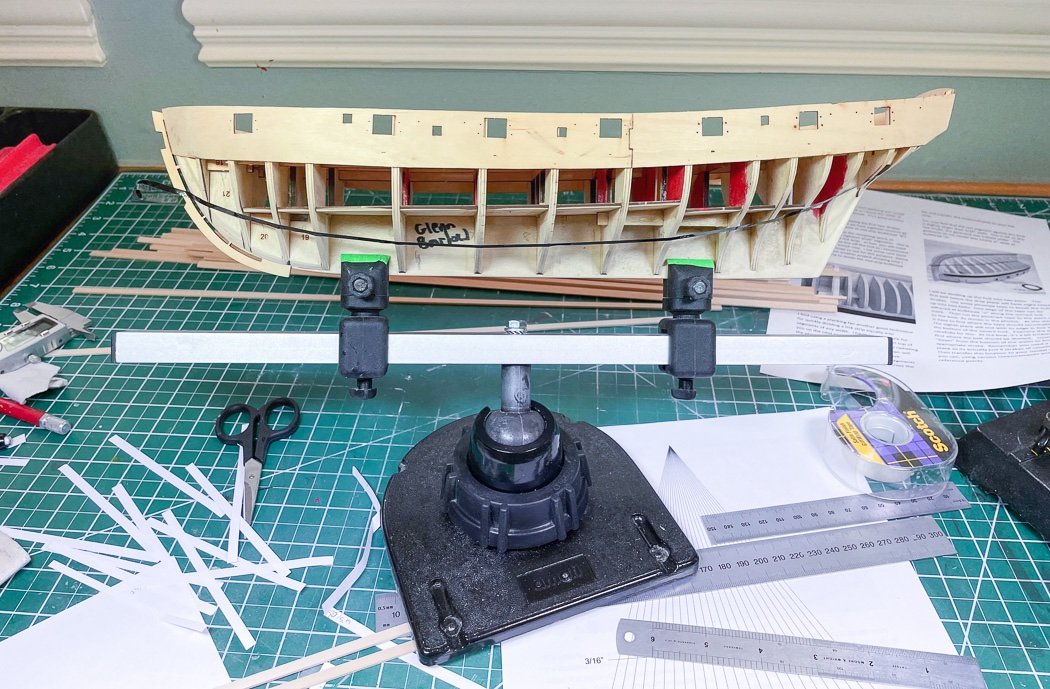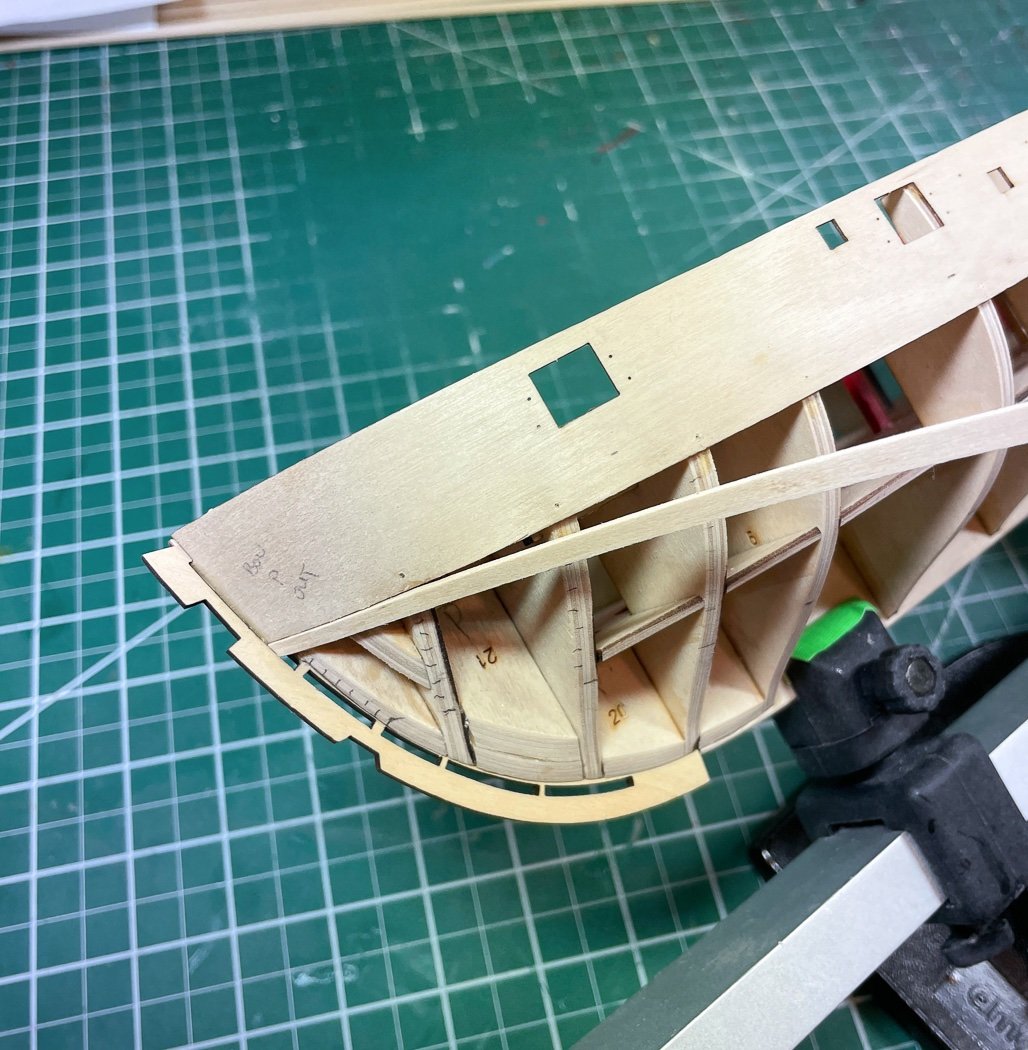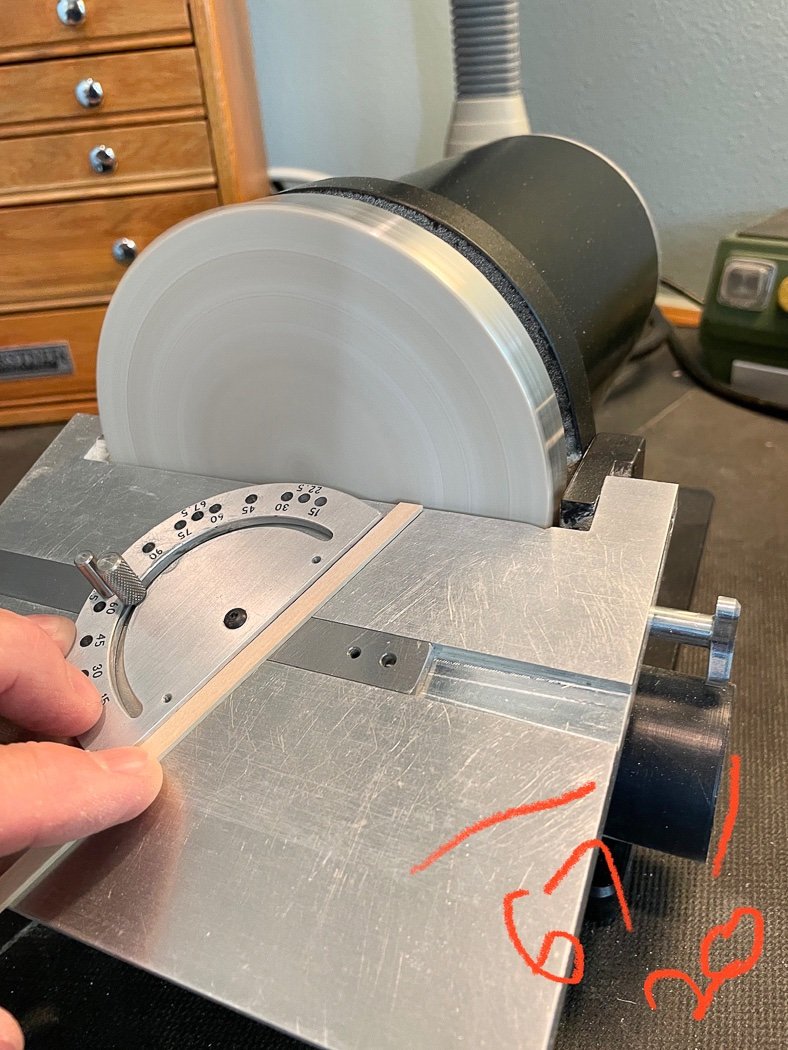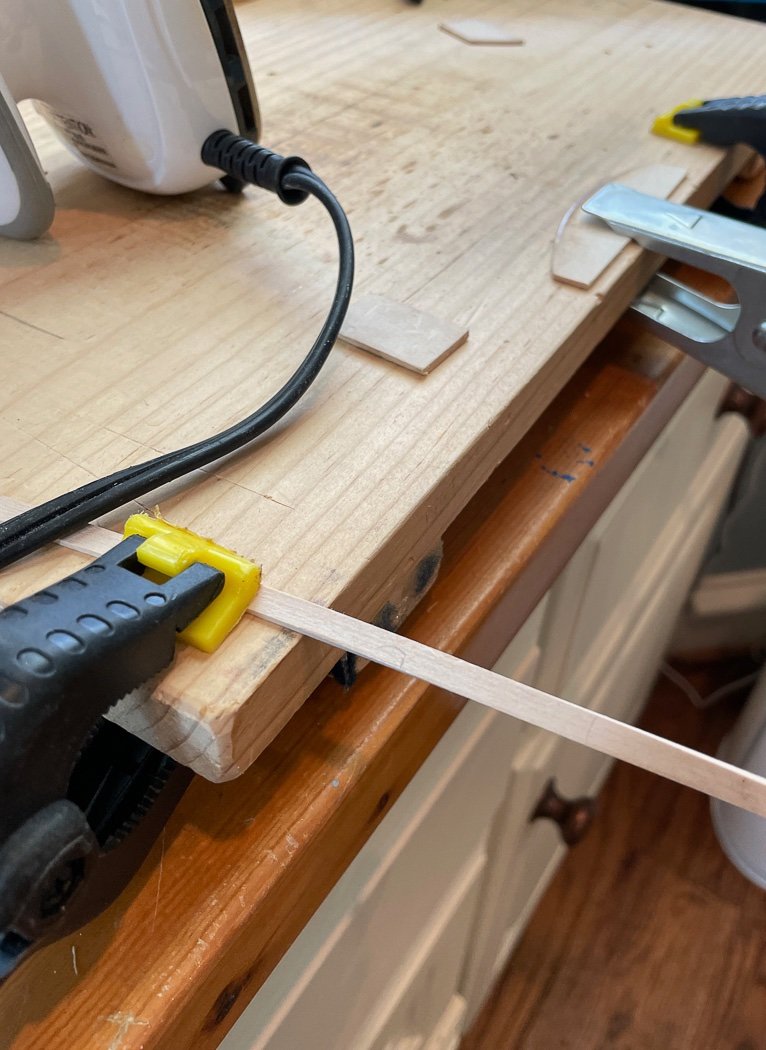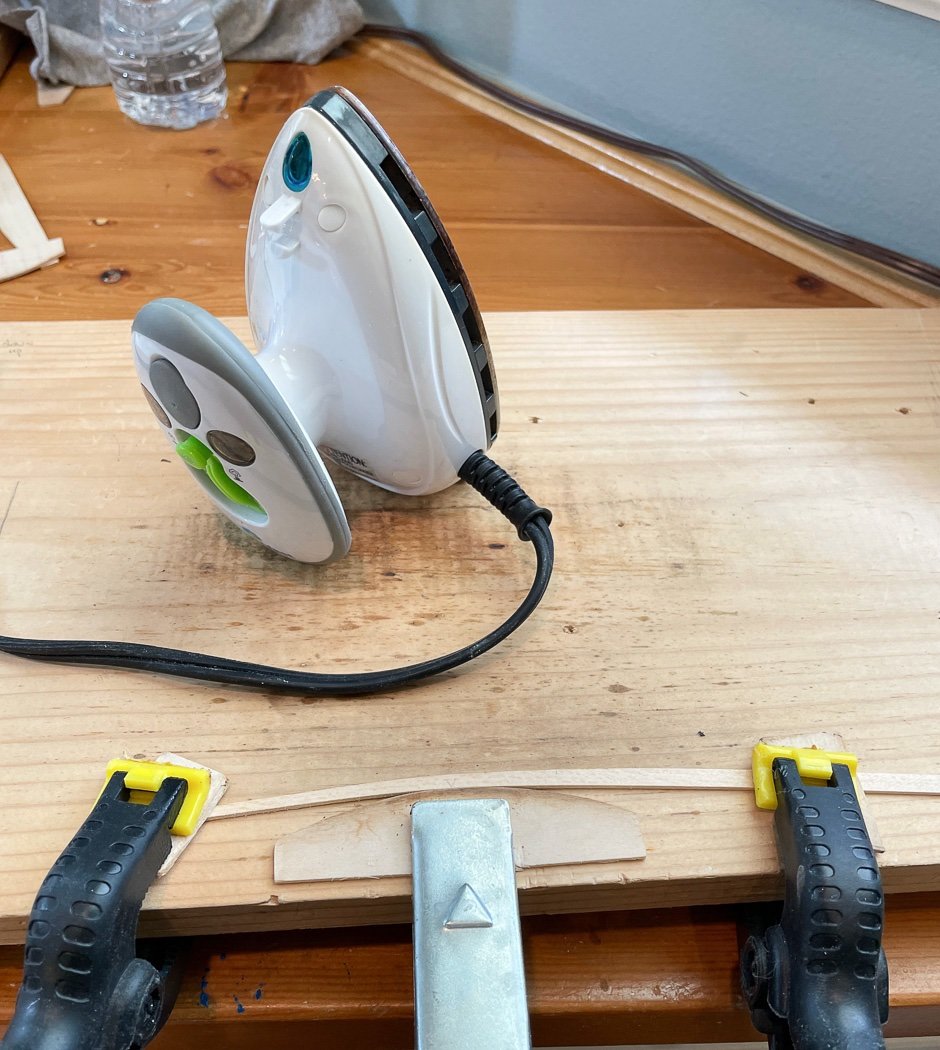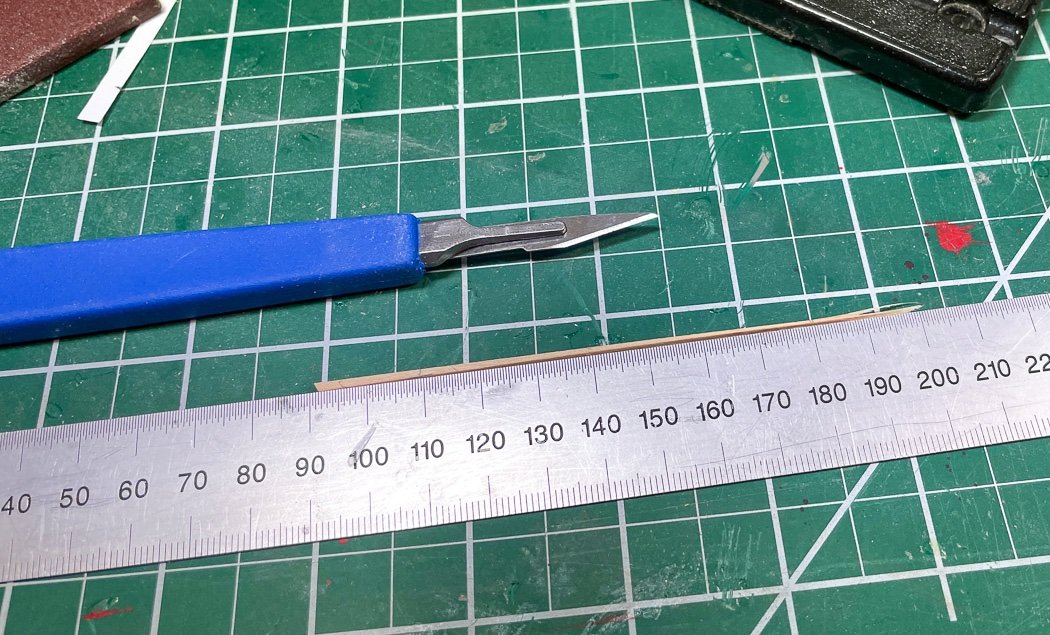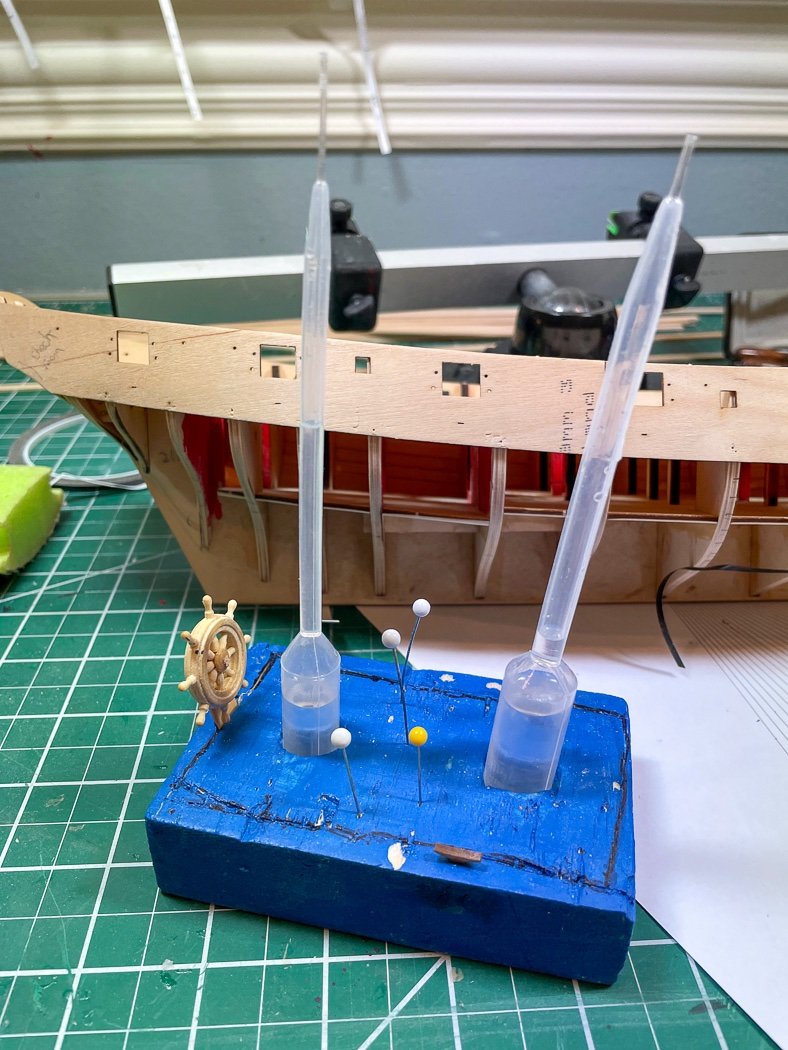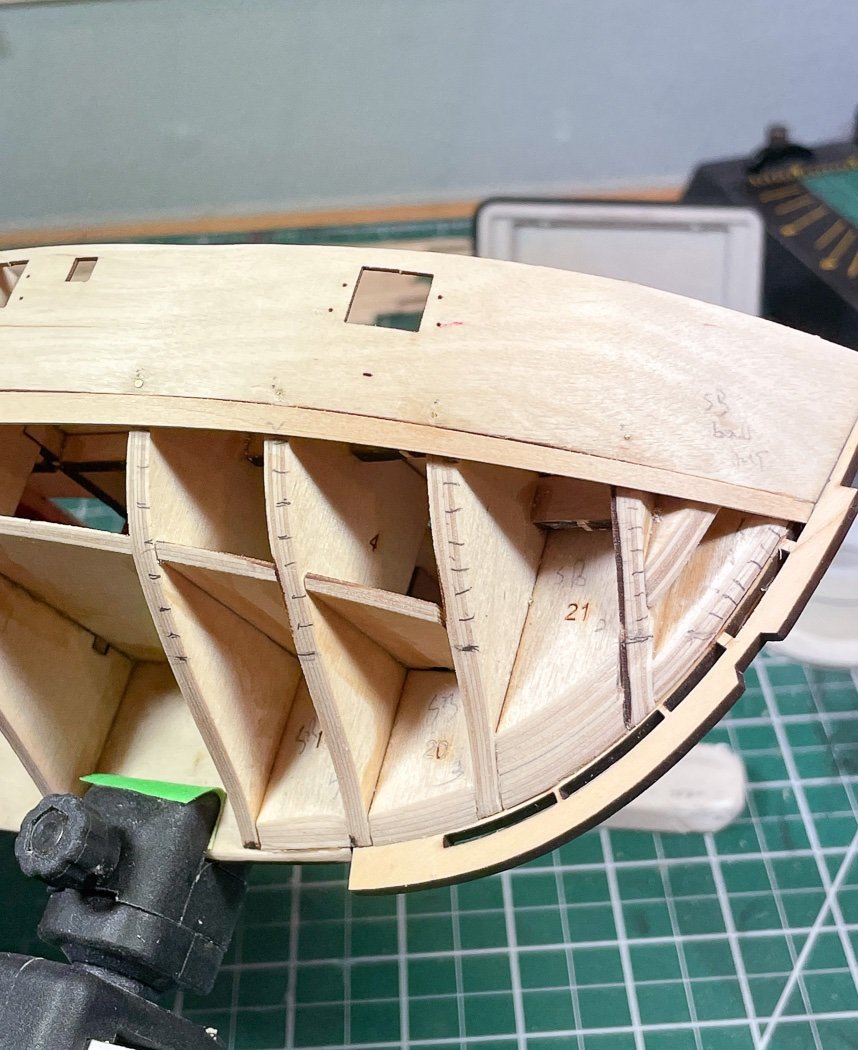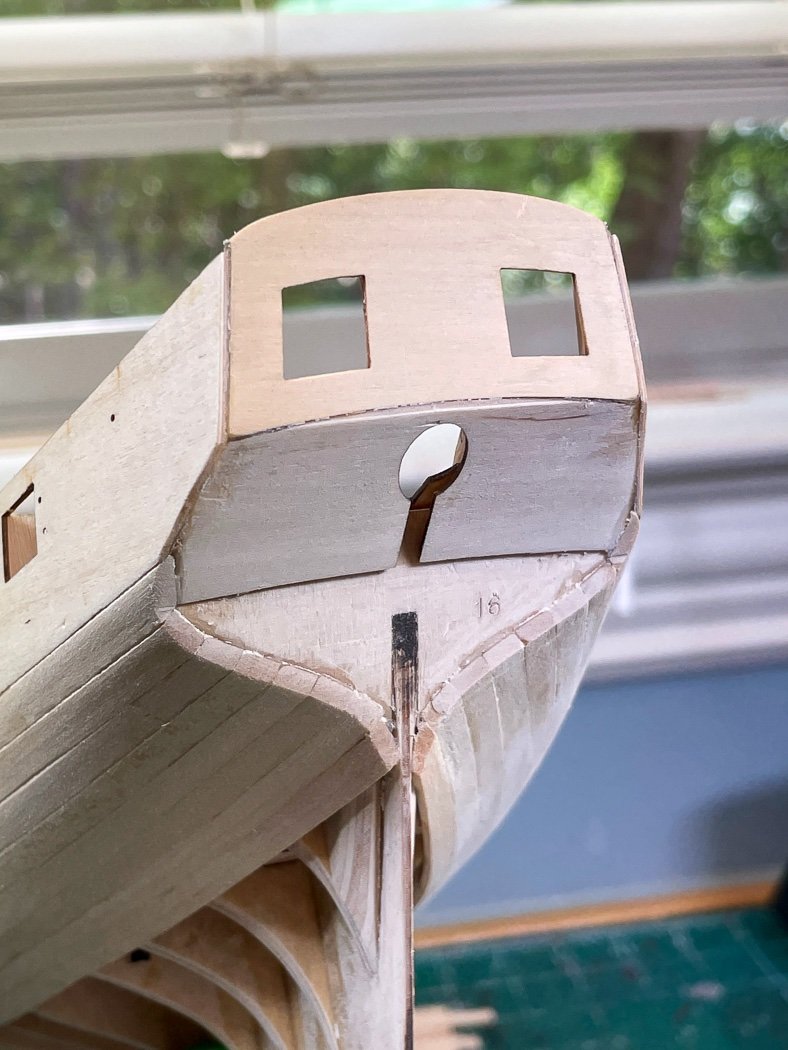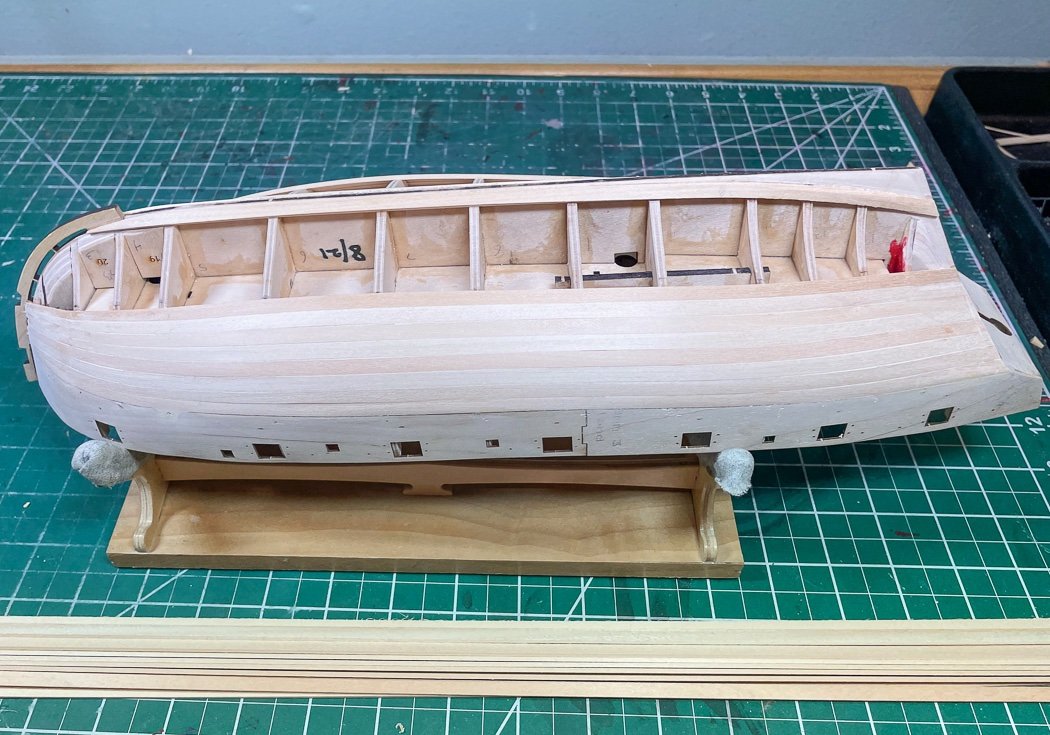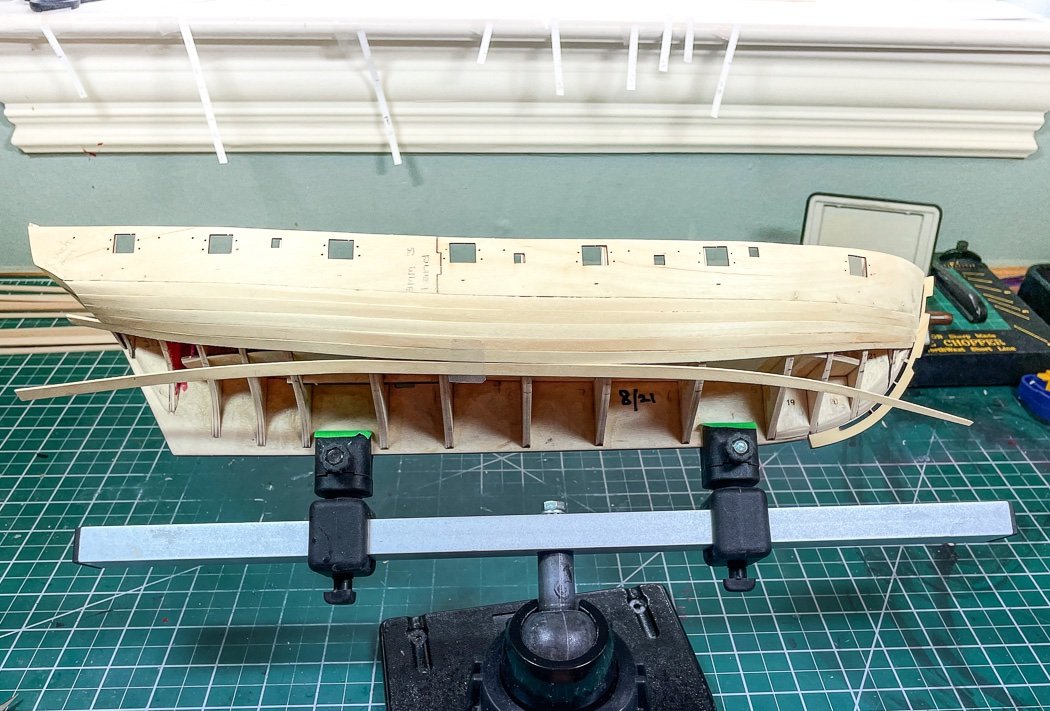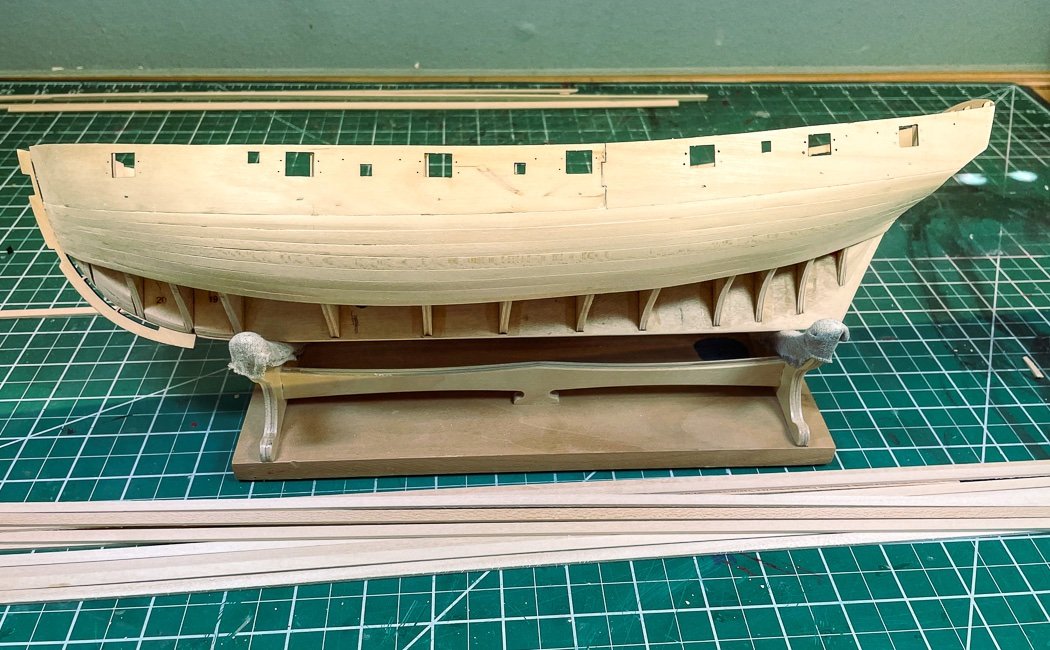-
Posts
4,126 -
Joined
-
Last visited
Content Type
Profiles
Forums
Gallery
Events
Everything posted by glbarlow
-
I do these color boards too. I was amazed that the Cerulean Blue I bought from three different manufacturers, Golden, Grumbacher, and Winsor & Newton are completely different. I was thinking ‘Cerulean’ means ‘whatever’ Blue. I also prefer Admiralty Yellow Ochre over Gold for decorations, just seems right.
- 857 replies
-
- Sphinx
- Vanguard Models
-
(and 1 more)
Tagged with:
-
I have it and the stove, but mine are going in Winnie, if I can get that far once I start it. That will keep me occupied for a couple of years.
- 857 replies
-
- Sphinx
- Vanguard Models
-
(and 1 more)
Tagged with:
-

Thinning Paint
glbarlow replied to Ed Gibbons's topic in Painting, finishing and weathering products and techniques
Strictly brush, I enjoy painting. -

Thinning Paint
glbarlow replied to Ed Gibbons's topic in Painting, finishing and weathering products and techniques
I haven’t used enamel oil based paint in over a decade. Water based acrylics are far far easier to work with in multiple ways. I’d dump the old paint and get acrylics. I doubt you’d find few on MSW that would disagree. -

Thinning Paint
glbarlow replied to Ed Gibbons's topic in Painting, finishing and weathering products and techniques
OR…you could toss the likely very old paint that came with the kit and replace it with water based acrylic available from any number of places and choose your own color combinations. -
The Byrnes table saw is the best tool I own and the one I’ve had the longest. I consider it essential to model building. You’ll find dedicated threads and testimonials all over MSW. It is a family owned (just Jim and his wife) business with amazing customer support. I highly recommend it and the sander. I change the forms for bending different size planks but I haven’t found the top tab necessary. #11 blades is the most used blade for all of us. While both the Swan Morton scalpel and Excel blades are #11, they handle differently. The scalpel is sharp but very thin and breaks if twisted. I’m pretty proud of my Cheerful, it’s also my best log. I learned so much.
-
A great approach to this model BE. I will really enjoy watching it develop, it will be an inspiration. I’d already thought I’d not rig it just because of the size and because so much of the deck detail is lost to view. Are you considering exposed frames?
- 857 replies
-
- Sphinx
- Vanguard Models
-
(and 1 more)
Tagged with:
-
First Planking With the gunport patterns completed, time to start planking. Following Chuck’s “Lining the Hull” .pdfs as a guide I began the first planking by dividing the hull into two belts and marking the bulkhead markers using a planking fan. I described this process in my Cheerful log, so I won’t repeat all of that here. Granted in the case of Flirt’s small hull I don’t necessarily need to do it for this first planking, I could have covered the hull one way or another. I also acknowledge there are other methods and techniques for planking. Suffice it to say it is my opinion this is the best process to plank any hull. I am doing it here as practice for my future Winchelsea build, where this technique is essential to single planking. Since I know I will need full planks width with from midships to stern I only lined from bulkhead 8 forward. (PS: for grins I always write my name and the start date on the former, sort of like writing your name in wet concrete I guess, no real reason). I used my Byrnes Sander to sand the angle (67 degrees for the first several) to meet the bow and at the same time tilt the table down to bevel the back side to fit into the stem notch provided as part of Chris’ design. Next up, I taper the plank per the lining off plan simply using a steel rule and a #11 blade. The Swan Morton scalpel works as does the regular Excel knife version, whichever I reach for. Then the fun part, bending the plank. I don’t soak planks. just a finger wipe of water and a travel iron at my plank bending station. I converted to this method when I built Lady Nelson, I don’t know how I’d ever have planked Cheerful without it. Again I described this process on both those logs so I won’t repeat it here. There are a series of videos Chuck has describing it in detail available here on MSW. Having bent the plank to fit the length of the hull, I also add a twist using the iron (and keeping my fingers clear) to fit the plank under the counter when needed. Once bent, like shown here (just hanging with a piece of tape for the photo) I get a plank that will l lay right on to the bulkhead without forcing, nailing, or soaking. It seems counter-intuitive to bend down to fit up, but that’s the geometry of a bow that both turns inward in two dimensions as you move down the stem. This plank was the next one installed, where you see it is where it went. I use only CA for planking. For what it's worth the Smith Industries version I use doesn't a strong smell, at least that I notice. These two applicator types have been a part of my work bench for years, one medium and one fine tip. I use them until they fall apart at the tip then reach for another one, they generally last for one model. The key is to maintain them standing up straight and to gently blow out the excess glue from the tip at the end of the work session. My holder was just a bit of balsa with two holes until my granddaughter decided it needed painting and a little decoration. I don’t know the purpose of the ships wheel or the cleats she added, but they are there to stay now. With that the first belt is complete, now on to the second belt to finish up the first planking. I need to sort out the deadwood area around the sternpost, the second layer of boxwood planks are only 1mm, not much room for sanding to fit. I needs to be sorted out with the first planking. Off I go. PS: The white balance of these photos are all a bit wacky, Since they are pretty basic images I didn't spent much time trying to correct that. I'll have a talk with my iPhone next time round.
-
I spent a lot of time and wasted way too much rope trying to fill the ship with coils I liked.
- 274 replies
-
- Cheerful
- Syren Ship Model Company
-
(and 1 more)
Tagged with:
-
I’ll enjoy seeing your new technique for the second planking though I’m pretty locked into tick strips, plank bending, and CA. Always instructive to read your log. My applicators work great for my use of CA, but I did pick up your applicator (or should I say your wife’s:-) for my white PVA glue use.
- 345 replies
-
- Duchess Of Kingston
- Vanguard Models
-
(and 1 more)
Tagged with:
-
I mixed 3 rope sizes on mine and intentionally varied the length, varied the coils between 4-6, then made them a bit messy on top of that. I agree with Chuck, that rope is very white. well you asked 😁
- 274 replies
-
- Cheerful
- Syren Ship Model Company
-
(and 1 more)
Tagged with:
-
Add a thin 1/32 strip as a waterway and the paint bleed will be covered.
- 71 replies
-
- Lady Nelson
- Amati
-
(and 1 more)
Tagged with:
About us
Modelshipworld - Advancing Ship Modeling through Research
SSL Secured
Your security is important for us so this Website is SSL-Secured
NRG Mailing Address
Nautical Research Guild
237 South Lincoln Street
Westmont IL, 60559-1917
Model Ship World ® and the MSW logo are Registered Trademarks, and belong to the Nautical Research Guild (United States Patent and Trademark Office: No. 6,929,264 & No. 6,929,274, registered Dec. 20, 2022)
Helpful Links
About the NRG
If you enjoy building ship models that are historically accurate as well as beautiful, then The Nautical Research Guild (NRG) is just right for you.
The Guild is a non-profit educational organization whose mission is to “Advance Ship Modeling Through Research”. We provide support to our members in their efforts to raise the quality of their model ships.
The Nautical Research Guild has published our world-renowned quarterly magazine, The Nautical Research Journal, since 1955. The pages of the Journal are full of articles by accomplished ship modelers who show you how they create those exquisite details on their models, and by maritime historians who show you the correct details to build. The Journal is available in both print and digital editions. Go to the NRG web site (www.thenrg.org) to download a complimentary digital copy of the Journal. The NRG also publishes plan sets, books and compilations of back issues of the Journal and the former Ships in Scale and Model Ship Builder magazines.





